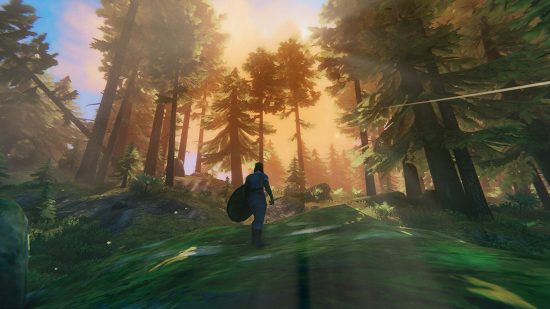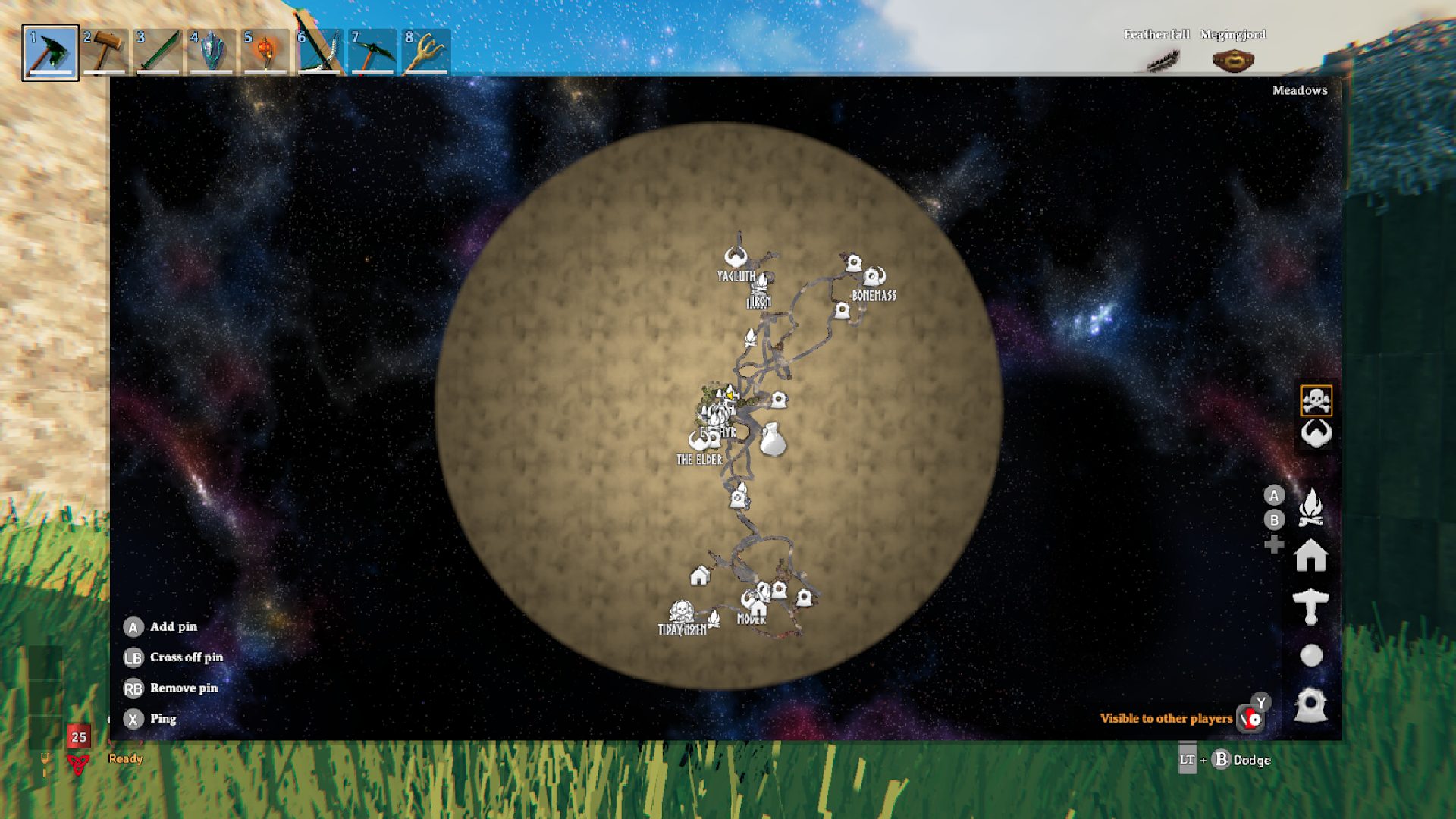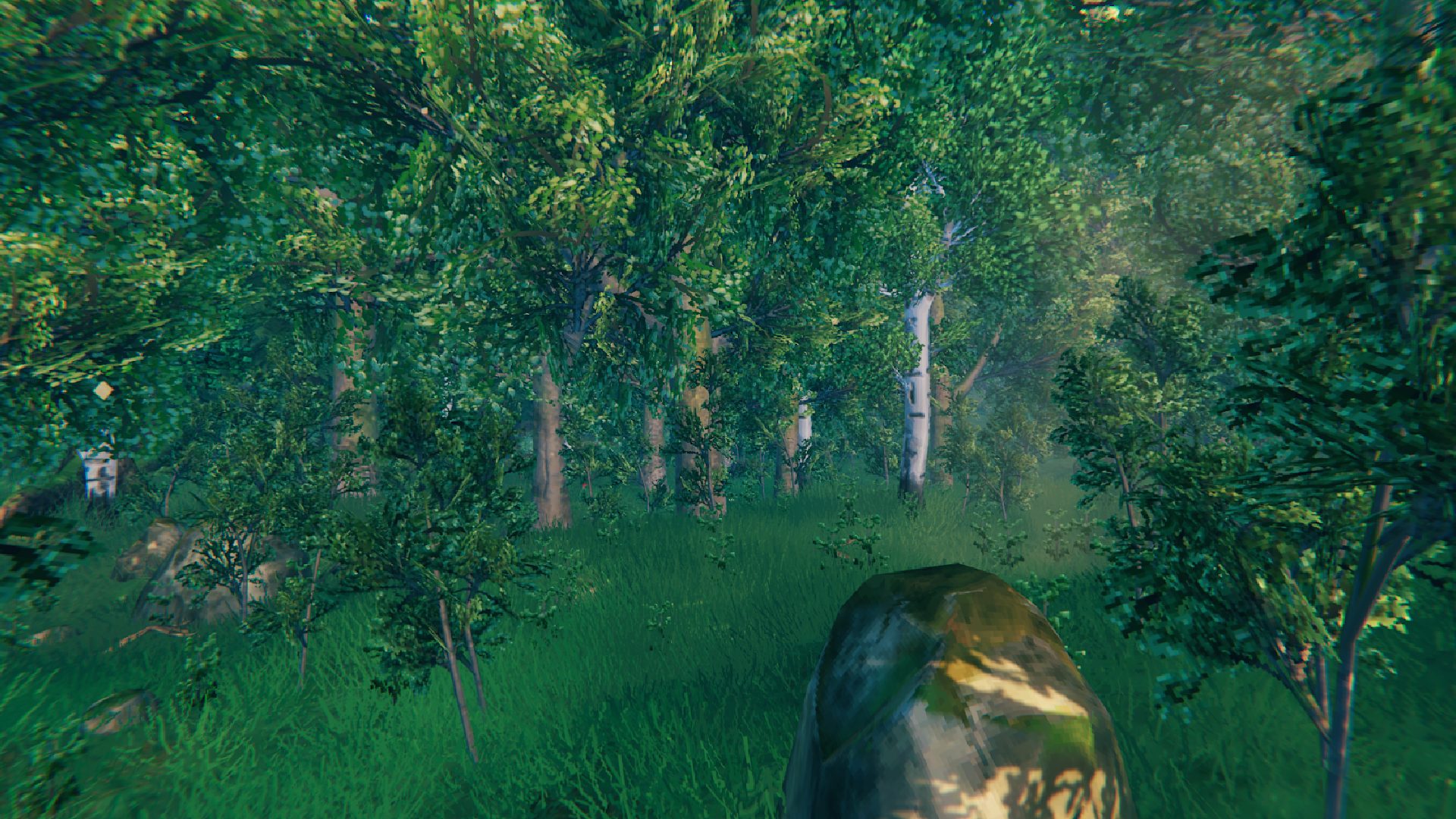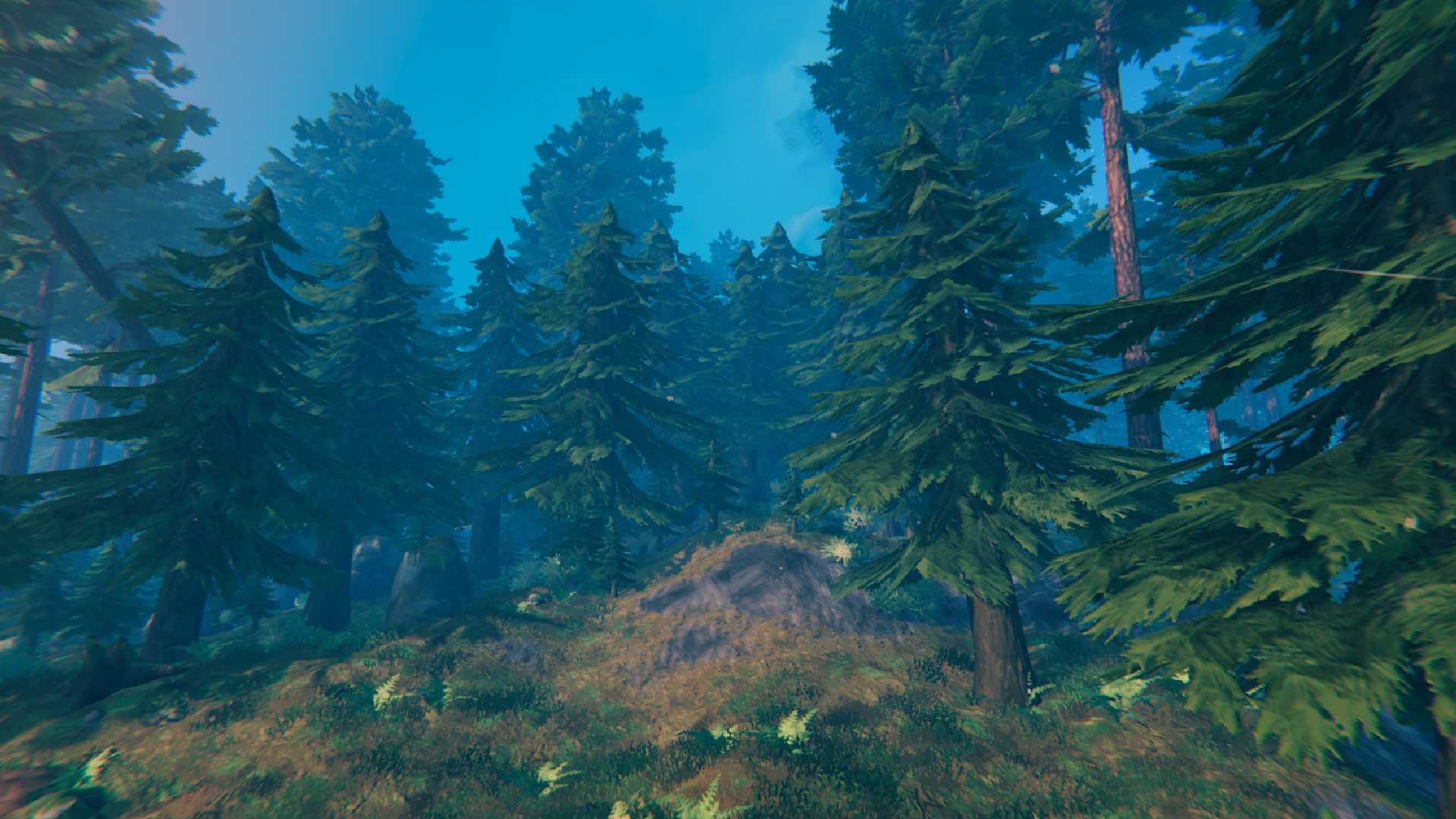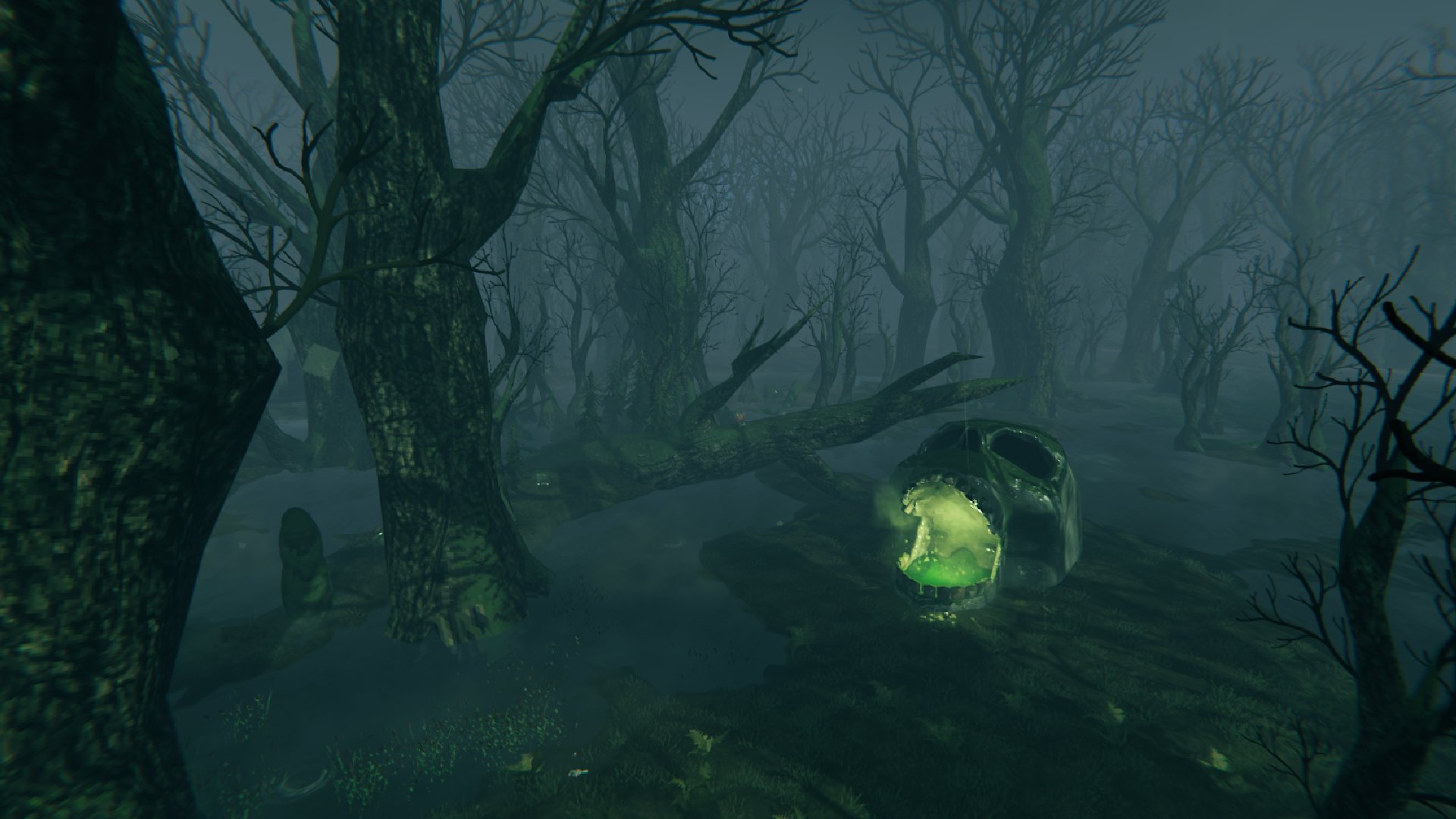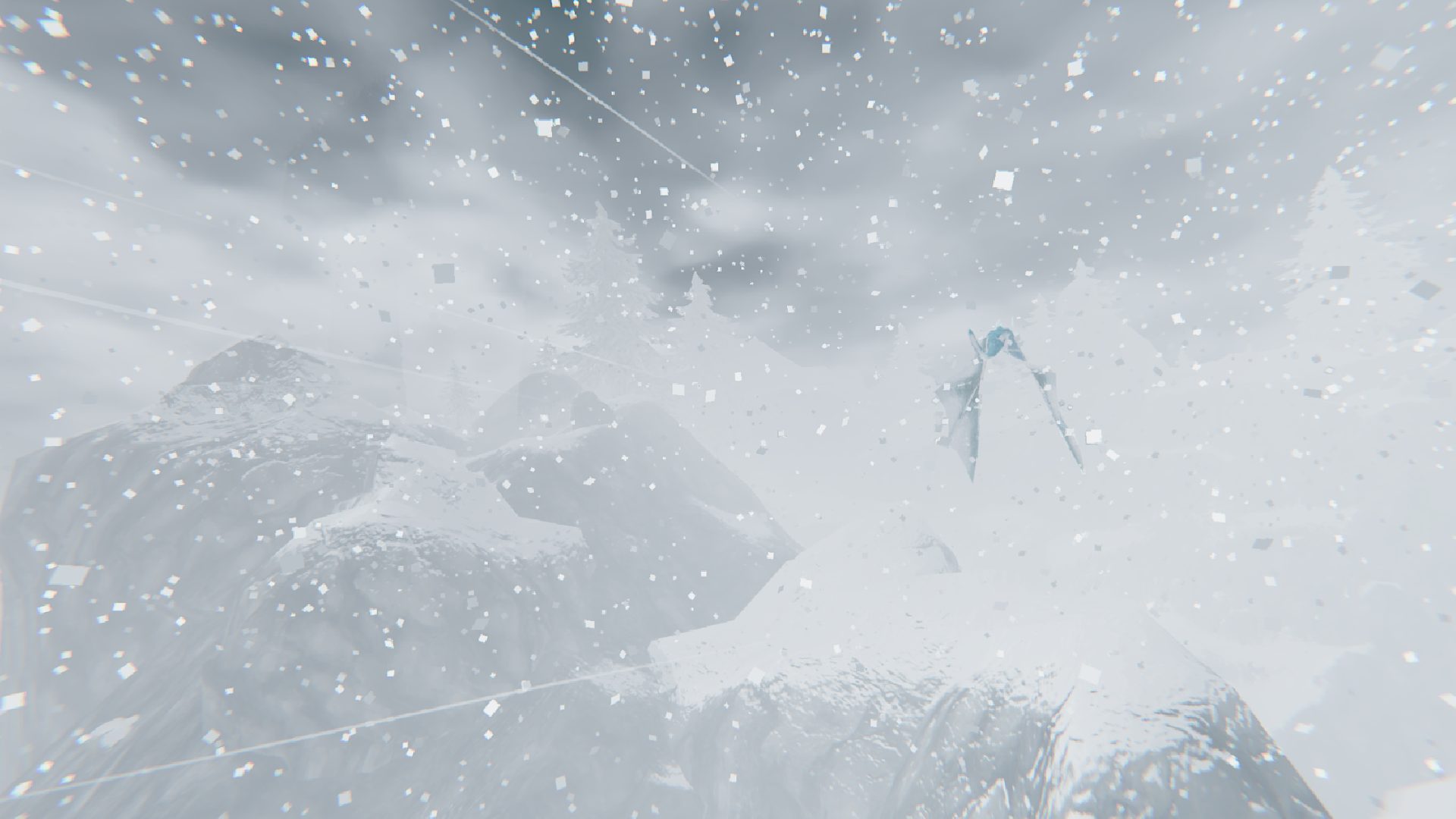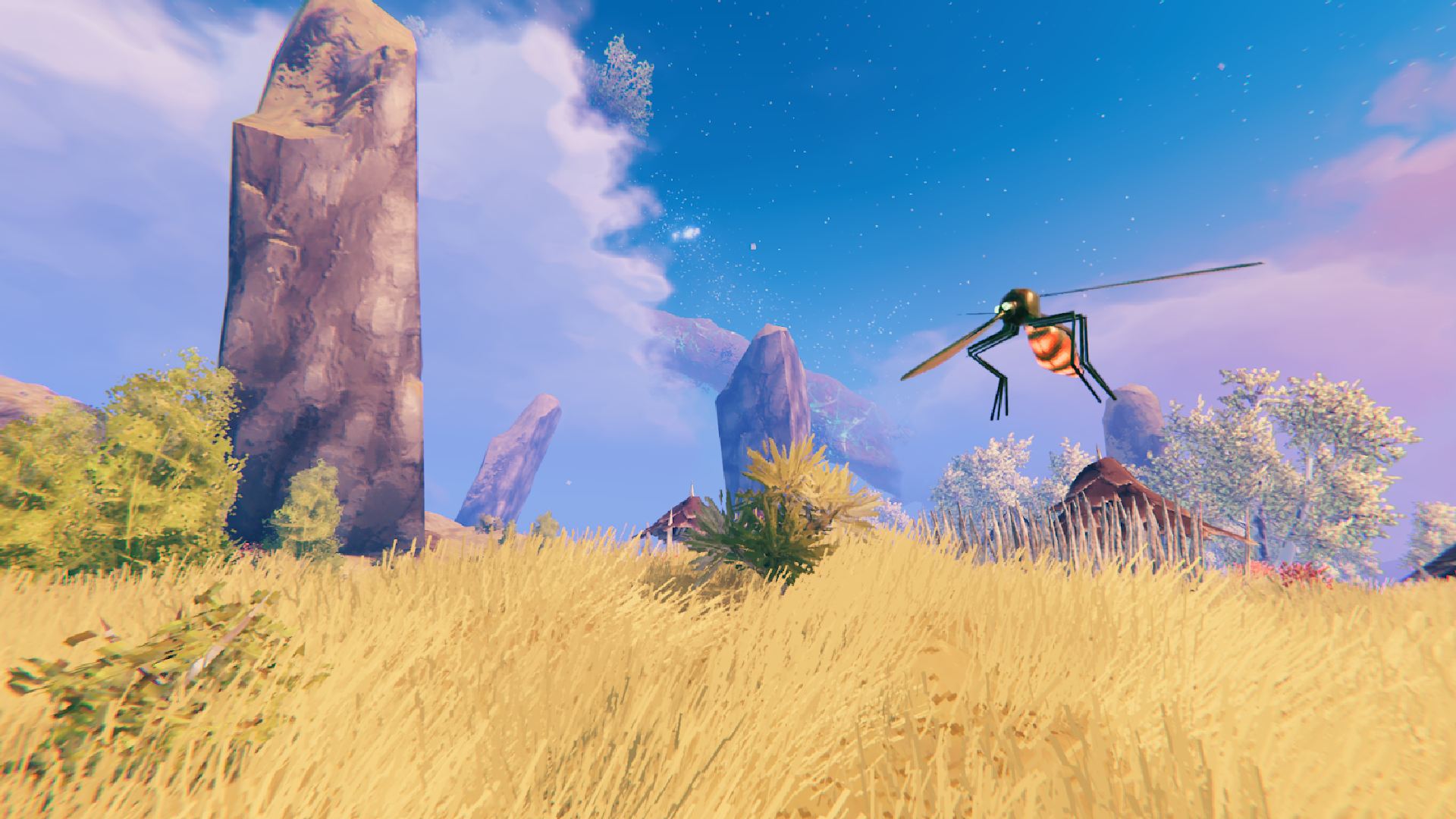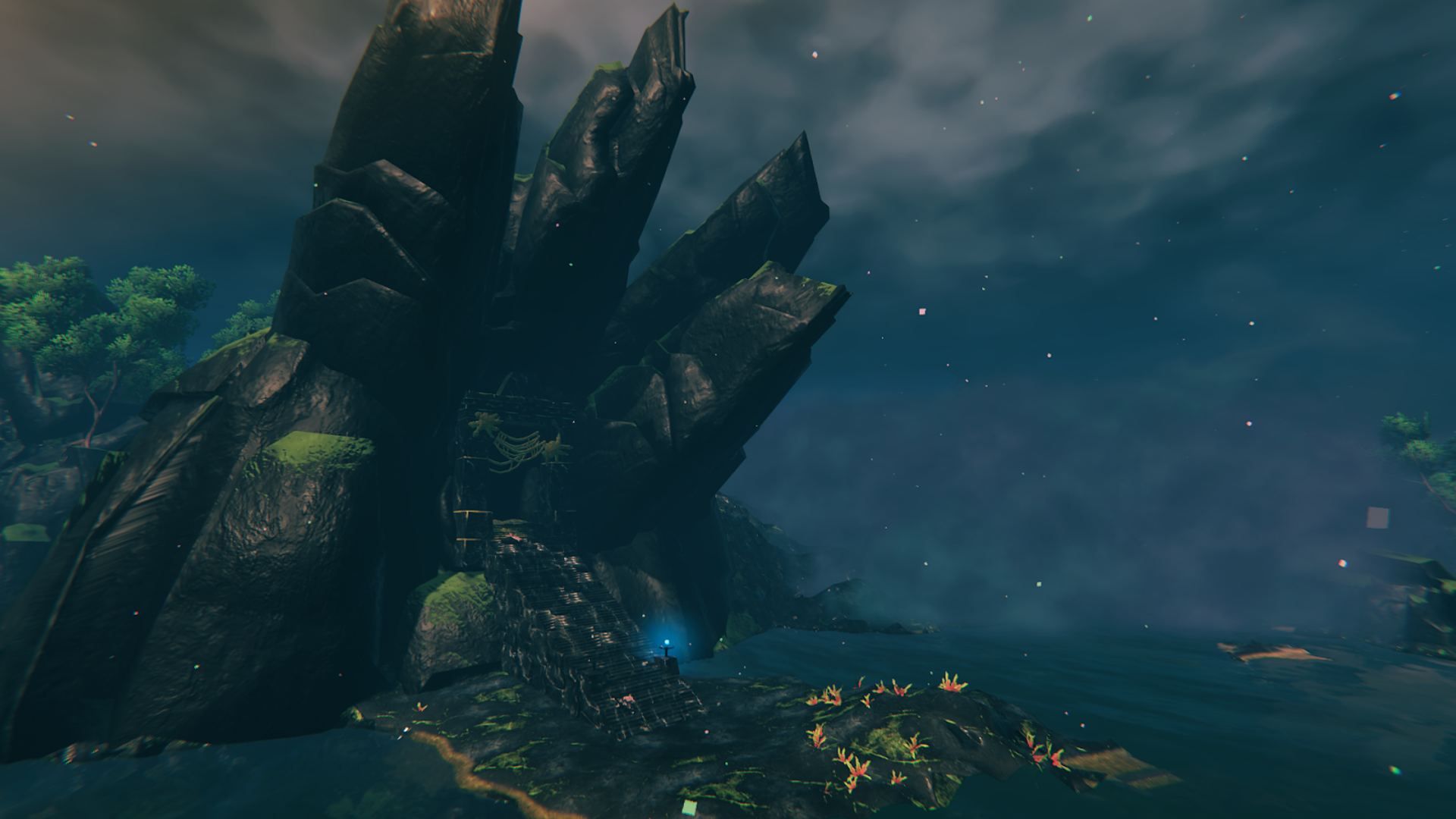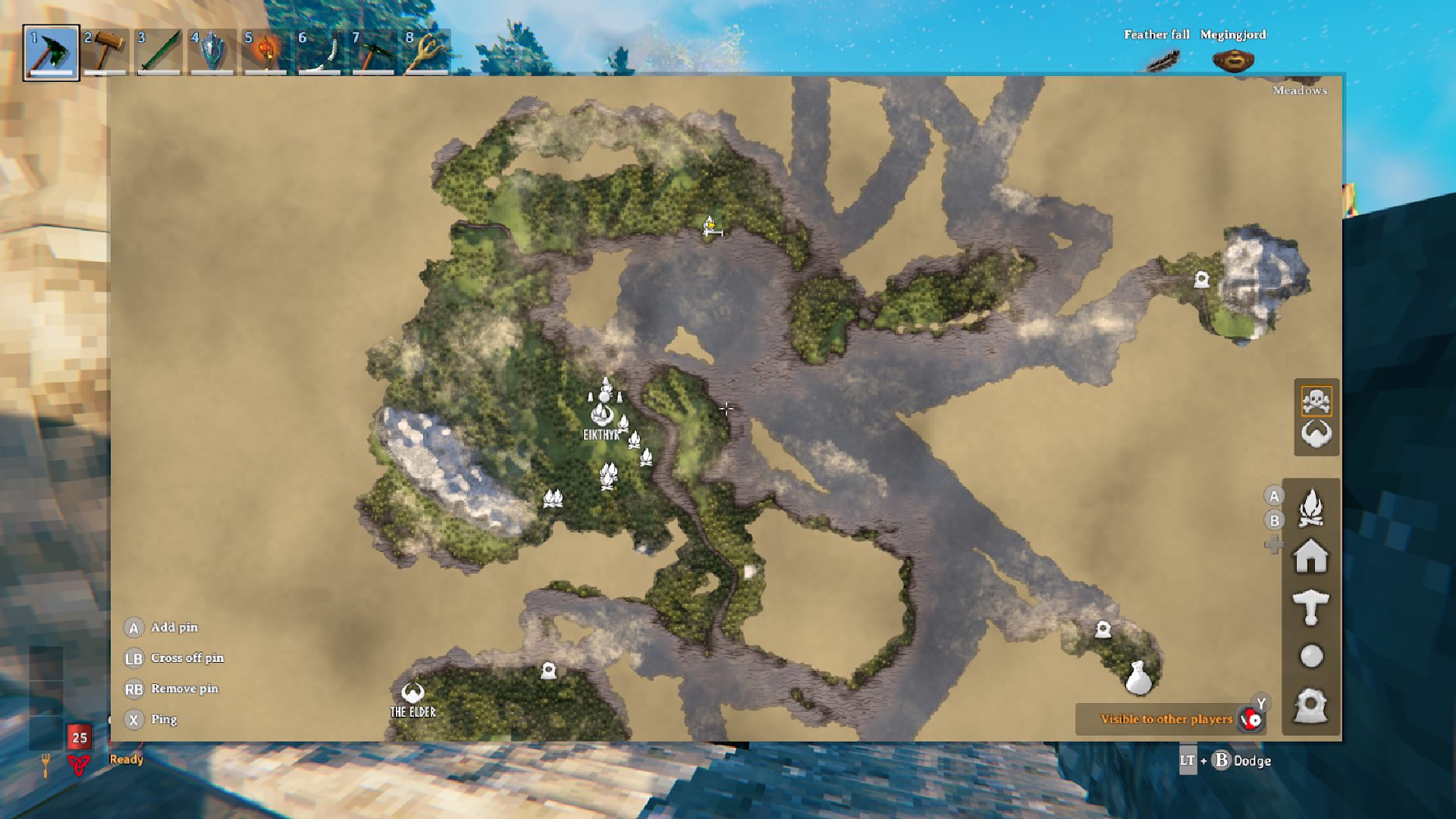The Valheim map is a huge, open world for you to explore, with mountains, swamps and dense forests full of discoveries. Valheim is the “tenth realm”, where monsters banished by Odin reside. After being slain in battle you arrive via giant bird, and you’re dropped into a vast, procedurally generated purgatory full of fearsome creatures and biomes.
From the beginning, it’s up to you to find out where to go and how to explore this land. But, if you’re looking for some pointers this guide will detail all the unique biomes in the game, how to use the map to navigate and everything else you need to know about the Valheim map.
Valheim Map
Valheim’s map is procedurally generated. That means everyone’s world will be different. It’s similar to Minecraft as each world is its own “seed” with randomly generated terrain. However, most of the biomes will be fairly similar so everyone can progress through the game the same way.
The Valheim map is always circular, and it’ll be filled out as you explore the land. Whether you travel by foot or by sea, each step you take will uncover more of it.
Valheim Map Size
Valheim’s map is very big, and you probably won’t see all of it unless you really go out of your way to uncover every inch of it. You won’t need to either – some biomes to the far north and far south are not complete yet, and visiting them isn’t recommended as there’s nothing to see just yet.
To help navigate it, you’ll want to craft a boat to go on expeditions to uncharted territory. Many parts of the map are only accessible by boat, as Valheim’s world is a series of islands. Some islands may be much bigger than others and contain multiple biomes, while others may be a smaller mix.
The map is so big that it will take you hours of sailing just to chart the coastline of each island. Luckily, you won’t need to do this to find all the areas you need. Important areas including boss locations can be marked on the map by finding Vegvisirs – glowing stones found in the overworld or in dungeons which tell you where to find bosses.
Valheim Biomes
Valheim has 6 main biomes:
- The Meadows
- Black Forest
- Swamp
- Mountains
- Plains
- Mistlands
These six do not include the Ocean, with more on the way in future updates. Before you explore the harder biomes, it’s worth building a portal back to your base just in case you die.
Here’s every biome and what you can expect to find there in more detail.
The Meadows
The Meadows is the area you start out in. It’s a relatively peaceful biome with only a couple of aggressive enemies. It’s the ideal place to build your first shelter and learn the basics of the game. It’s full of trees, quaint streams and large fields.
You can expect to find Deer, Boar, Necks and Greylings in the Meadows. Deer will run away when you approach them, so it’s wise to use a bow to take them down. You’ll need to kill Deer to obtain a Deer trophy in order to summon the first boss. You can find white birch trees in the Meadows, which are important for being the best way to get fine wood – a key crafting ingredient. You’ll also find berries, beehives and mushrooms.
Black Forest
The Black Forest is the first big step up in difficulty in Valheim. Enemies here are much tougher, including Greydwarf Brutes and the terrifying Trolls. It is much denser than the Meadows, with new tree types which give you core wood as well as new shrubbery and plants to forage. It’s also home to skeletal dungeons which hold Surtling Cores. These are vital items for crafting smelters and portals, among other things.
This biome is where you’ll find Tin and Copper, which can be combined to make Bronze. It’s recommended that you build a base close to the Black Forest so you can make trips back and forth for these metals. You won’t be able to mine these metals until you beat the first boss in the Meadows though.
Ocean
Chances are you’ll need to cross the vast Ocean to reach some of the later biomes. If you have the wind at your back, you can set out on expeditions to distant islands by crossing the waters.
It’s not really a fully-fledged biome like the rest, but it is home to unique creatures. For example, you may find a Leviathan – an unmoving landmass with barnacles on its back. When you mine these, the Leviathan will start to move before eventually disappearing beneath the waves. Be wary of sailing at night, or in a storm. Sea serpents may appear and attack your boat, so always carry a bow with a large supply of arrows.
Swamp
Next up is the Swamp. This biome is dark and spooky, full of tall, crooked trees and home to enemies including Wraiths, Draugr, Blobs and Leeches. It’s much harder to traverse, and you’ll want to be fully equipped before setting foot there.
Swamps have Sunken Crypts, which can be accessed by using Swamp Keys dropped by the Black Forest boss. Here you can find Iron, a very important resource. The Swamp is always wet and muddy, making it difficult to explore. You’ll usually be wet when exploring the biome, which will lower your stamina and health regeneration. You may also be poisoned by the various enemies in the Swamp, so poison-resistance mead will come in handy.
Mountains
The Mountains are tall, snowy peaks occupied by dangerous monsters. This tough climate is inaccessible until you craft frost resistance or obtain a warm enough cape. If you don’t have these items, you’ll quickly freeze to death.
These peaks are home to Wolves, Drakes, Stone Golems, Fenring and Draugr. Frost Caves can be found here too, home to Cultists and Ulvs. These are similar to dungeons like the Sunken Crypt, but they’re optional. You can find Silver in the Mountains with the help of the Wishbone, obtained by beating the third boss in the Swamp. This metal requires an Iron Pickaxe before you can mine it.
Plains
The first time you enter the Plains is always interesting. You’ll probably think it’s fairly safe compared to the Swamp or Mountains until a giant mosquito flies towards your boat and kills you in one hit. Welcome to the Plains!
This biome is extremely dangerous and it’s recommended that you don’t try to explore it until you’ve got full gear of at least Iron quality. Here you’ll find huge Lox creatures which provide you with top-tier meat, Fuling camps with lots of new items to loot like Flax and Black Metal, and tar pits which can be drained by mining trenches around them to obtain tar.
The main foe at first will be the Deathsquitos. These enemies will jumpscare you by appearing out of nowhere and dealing massive damage, but they can be killed in one shot with a sword or arrow. Take things slow in the Plains and scout out the area to ensure you don’t get ambushed.
Mistlands
The toughest biome yet, the Mistlands is nearly impossible to traverse without beating the fifth boss. This biome is covered in a thick mist covering the environment. To pass through it you’ll need a Wisplight which acts as a kind of torch following you around.
The Mistlands is full of insect-like Seekers and Seeker Soldiers which will aggressively charge you and swarm you. It’s also home to Gjall, which will announce their presence with a sound not too dissimilar to an air raid siren. Look to the skies, and be careful not to get hit by their fiery projectiles.
Luckily you’re not alone in the Mistlands. Friendly Dvergr rogues and mages will also fight Seekers and Gjalls alongside you, but they can be turned into enemies if you pick a fight with them.
The Mistlands has many secrets, including new dungeons called Infested Mines which have important items like black cores and sealbreaker fragments within them. Don’t enter them unless you have the best gear you can get your hands on. You can also find Yggrasil wood in the Mistlands, and extract sap from large roots to refine into Eitr, a key ingredient for crafting magical items.
There are also some unfinished biomes which will be added in later updates, including the Ashlands to the south and the Deep North.
Valheim Map Markers
You can place map markers on your map in Valheim to keep track of points of interest. To do this, simply open your map and select the icon from the available options then press A to place it. Pressing RB will remove it, and you can ping using X.
You can’t see other players’ markers on your own map at first. However, you can make yourself visible on their map by selecting the “visible to other players” option. Later in the game, you can craft a cartography table which will let you see other people’s maps and markers. Available map markers include a campfire, a home icon and a portal, which are helpful for reminding you of where all your portals are.
You’ll end up with quite a few on your Valheim map by the end of your playthrough, as well as a whole lot more as you explore. So, for even more on Valheim, our Valheim Workbenches guide and Valheim Iron guide will help you as you are exploring.
